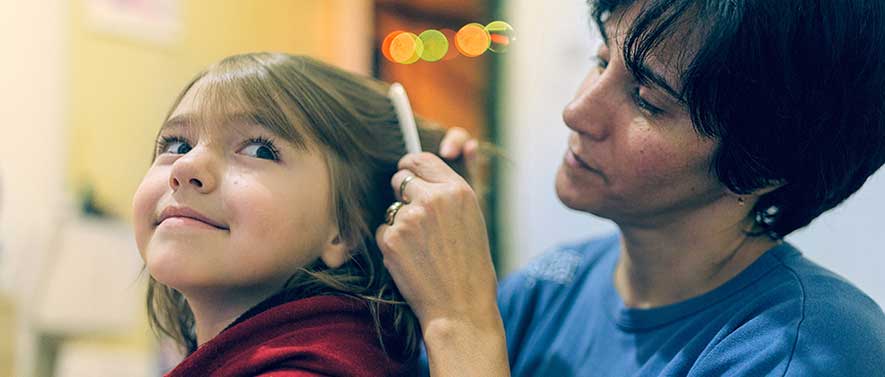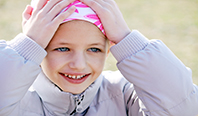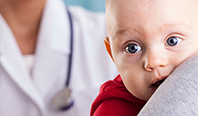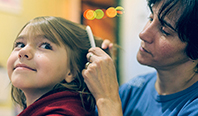
Children’s hair loss treatments are available, depending upon the type of alopecia. At this point, it is assumed that you have already been to a physician and received an accurate diagnosis. Of the five types of children’s hair loss covered, three have treatment options which involve products or physician intervention. We will cover these here. We’d also like to invite you to register and post your story and your questions on our Children’s Hair Loss Support Forums. Someone will be there to help you with your questions.
A Quick Recap
In Step 1, we discussed the most common types of children’s hair loss: alopecia areata, tinea capitis, traction alopecia, trichotillomania and telogen effluvium. If your child’s condition does not fit into any of these categories, please review the “Alopecia’s” section on our site for other conditions. In Step 2, we established the importance of finding a qualified dermatologist and the ways to help ensure an accurate diagnosis from your physician. Now, lets look at the treatments for the three main types of children’s hair loss.
Treatments for Children’s Tinea Capitis
Children’s Tinea Capitis: Fungal infection of the scalp, appears as a bare patch of skin on the head, sometimes with itching or scaling. Typically contracted from other children. Anti fungal Treatment: Since Tinea Capitis is a fungal infection, oral and topical antifungals are recommended for treatment. The oral antifungal is called Griseofulvin. It is a prescription available only through your physician, and is typically taken for up to 8 weeks. Selenium sulfide shampoo, used twice a week, has been shown to shorten the course of tinea capitis. Topical antifungal creams alone usually do not help in killing the fungus, and shaving the hair or giving the child a close haircut is unnecessary. Even though the infection is still visible, a child with Tinea Capitis may return to school after oral medication is started and the scalp receives at least one washing with shampoo.
Treatments for Children’s Alopecia Areata
Because the hair loss can sometimes be psychologically devastating for the child, dermatologists have tried many different medications in an attempt to stimulate new hair growth. Treatments sometimes involve cortisone injections into the hair follicles.
Treatments for Children’s Telogen Effluvium
Topical steroids of the mid to high potency range are the most commonly used treatment which may affect a response within 1-2 months. Why some patients respond to these steroids while others do not is both unknown and the subject of much research. Other agents used include Anthralin, a synthetic, tar-like substance which causes a mild irritation of the skin inducing hair growth. Minoxidil has had mixed reviews when in comes to how effective it is. A new agent, Diphenylcyprone (DCP), is currently being extensively studied and positive results are being reported. However, most investigators do not use DCP in children under 12 years because of side effects and safety issues.
Once again, we’d like to invite you to join us in the Children’s Hair Loss Support forums for parents of children with Alopecia. Just click below.
Please use the tabs below to navigate to the next pages of this guide.
Please use the tabs to proceed to Step 1: Diagnose of the Children’s Hair Loss & Alopecia Guide.
Step 1: Types of Children’s Hair Loss
Learn about the most common causes of hair loss in children, and help identify which form your child is experiencing.
Step 2: Finding a Doctor
Finding a qualified physician to diagnose and treat your child’s hair loss. What questions to ask, credentials to expect, and where to find one.
Next Step 3: Children’s Hair Loss Treatments
A review of the only proven treatments for reversing or stopping the three most common forms of children’s hair loss.
Step 4: Get Support from Others
Connect with other parents who have found answers for their children’s hair loss.





